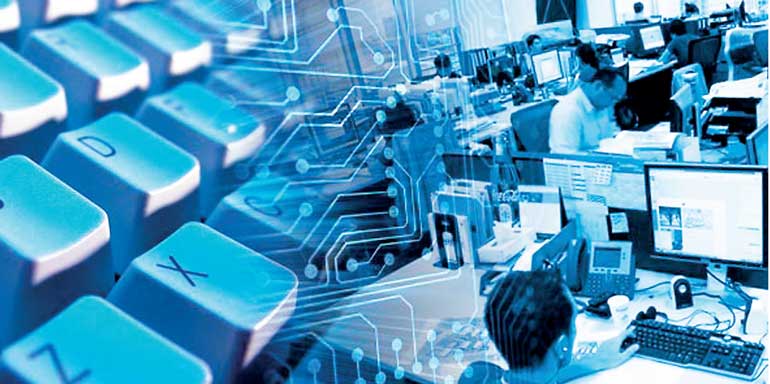Sunday Apr 20, 2025
Sunday Apr 20, 2025
Wednesday, 30 December 2015 00:00 - - {{hitsCtrl.values.hits}}

WTO members representing major exporters of information technology products agreed recently at the WTO’s Tenth Ministerial Conference, in Nairobi, on the timetable for implementing a landmark deal to eliminate tariffs on 201 IT products valued at over $1.3 trillion per year.
Negotiations were conducted by 53 WTO members, including both developed and developing countries, which account for approximately 90 per cent of world trade in these products. However, all 162 WTO members will benefit from the agreement, as they will all enjoy duty-free market access to the markets of the members eliminating tariffs on these products. The list of 201 products was originally agreed by the Information Technology Agreement (ITA) participants in July 2015.
“I am delighted to mark this breakthrough here today at the Ministerial Conference”, said WTO Director General Roberto Azevêdo. “This is a very significant achievement. Annual trade in these 201 products is valued at $1.3 trillion per year, and accounts for approximately 10% of total global trade. Eliminating tariffs on trade of this magnitude will have a huge impact. It will support lower prices — including in many other sectors that use IT products as inputs — it will create jobs and it will help to boost GDP growth around the world”.
This breakthrough follows months of intensive negotiations among the ITA participants. Their review of “draft schedules” involved a process whereby each of them indicated over what timeframe and how they intended to implement the elimination of duties on these products.
For every product on the list, ITA participants have negotiated the level of reductions and over how many years it will fully eliminate the tariffs. As a result of these negotiations, approximately 65% of tariff lines will be fully eliminated by 1 July 2016. Most of the remaining tariff lines will be completely phased out in four stages over three years. This means that by 2019 almost all imports of the relevant products will be duty free.
The WTO Director General said: “This agreement is the first major tariff-cutting deal at the WTO since 1996 — and it comes fast on the heels of the historic Bali Package. We now have two deals in two years which deliver real, economically significant results. I hope that this success will serve to inspire progress elsewhere in our work.”
Among the products covered in this agreement are new-generation semi-conductors, GPS navigation systems, medical products which include magnetic resonance imaging machines, machine tools for manufacturing printed circuits, telecommunications satellites and touch screens.
The agreement also contains a commitment to work to tackle non-tariff barriers in the IT sector, and to keep the list of products covered under review to determine whether further expansion may be needed to reflect future technological developments.
The agreement is an expansion of the 1996 Information Technology Agreement which involves 82 members. In 2012, members recognized that technological innovation had advanced to such an extent that many new categories of IT products were not covered by the existing agree§ment. Negotiations began in 2012 to expand the coverage of the accord.